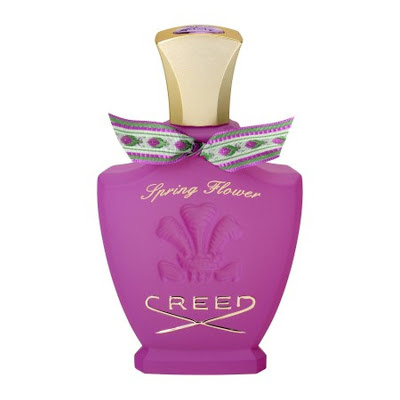Thanks to reader LustandFury, who happened to mention this fragrance in a conversation we had about Halston 1-12, and also to Shamu1's excellent reviews on his blog, I decided to snag a bottle of this stuff and give it a try. I got lucky and had it delivered extremely fast, and I'm wearing it as I type. I just want to say, it's so nice to smell a traditional fougère that simply IS. Let me explain.
Aromatic fougères are traditional fougères with added spices, woods, and herbs. If you take a look at the pyramids for Drakkar Noir, Azzaro Pour Homme, and Paco Rabanne, you'll find there's an assload of green-woody stuff in them. Fir, patchouli, coriander, sandalwood, cedarwood, clary sage, rosewood, you name it. The basic framework is still there of course - lavender, oakmoss, and coumarin, with brief hits of citrus off the top, and aridity in the drydown. But the embellishments make them more complex, significantly louder, and sometimes harder to decipher.
Traditional fougères are much more basic, with simpler movements, fewer elements, and a directness not usually found in their aromatic brethren. It's rare to find a traditional fern these days because the style has become outmoded and "dandified", with oldies like English Fern, Fougère Royale, and Worth inhabiting rarefied territory. Aromatic and fresh aromatic fougères are still at the forefront of today's fougère market, catering to the proclivities of the masses. People still buy gallons of Cool Water and Polo Sport, but Arden's Sandalwood and Rochas' Moustache are no longer nearly as popular. They are not the default setting for people's notion of a crisp, clean fragrance. That's not to say they're not still sought after, but the general populace has moved on.
Taxi brings it back. Smelling Taxi for the first time, I pulled my nose away, closed my eyes, and smiled. There, in my nostrils, was a traditional lavender/coumarin/oakmoss fougère, arrayed with excellent raw materials in a timeless composition. Perfumers can take creative license with traditional fougères and adorn their spare frames with one or two additional notes, and in Taxi, the legendary Mark Buxton (of Comme des Garcons fame) used heady notes of juniper and star anise to keep things interesting.
But the basic fougère makes its presence known from beginning to end: Taxi starts with a beautiful 10-second bergamot and spike lavender accord, brightened by a lovely non-toothpasty mint note, and when the bergamot burns away, juniper wells up from under the minty lavender, and dominates the top and early heart phases. Smooth coumarin eventually develops in the mid, but it isn't the saccharine honey-like coumarin of Paco Rabanne, or the coy nanosecond of sweet aftertaste to Drakkar's leather. Taxi's coumarin is simply rich, warm, sunny, salty, suggestive of weathered hay, and altogether the fulcrum from which everything else pivots.
And everything else is simply oakmoss, dihydromyrcenol, a faint touch of star anise, which bends things into an herbal zone, and a simple, soapy-green drydown. The one thing about Taxi is that it smells brighter and mintier than any of the aromatic ferns in my collection. LustandFury mentioned an association he made with Taxi to Irish Spring soap, and he's spot on - although it certainly doesn't smell just like Irish Spring, it has the same fresh-green ambiance that somewhat approximates the aura of Irish Spring. There's a very good chypre out there, which I've reviewed here and spoken of before, and it's called Sung Homme - Sung is nearly identical to Irish Spring, and carries all the brute-force manliness of the soap on its spicy-green tide.
Taxi is much, much gentler, with fewer jagged edges, and more unisex appeal in its creamy freshness. It is what I want from a fougère, that classical and straight-forward masculine accessory from nature (and the lab), that exists without frills, without the need for anything beyond a universal notion of the hypothetical smell of "fern." Some say Taxi resembles Drakkar Noir, but I smell it a bit differently. Other than having identical spike lavender notes, the two fragrances don't have all that much in common. Taxi isn't really a simpler variant of Drakkar Noir. Taxi is what Drakkar would be if you pulled it out of the aromatic fougère category and placed it alongside the old-fashioned traditional fougères of days gone by. Instead of Warren Beatty and Robert Redford, think Cary Grant and Gregory Peck. What terrific stuff it is, and amazing to think it's already 29 years old!















